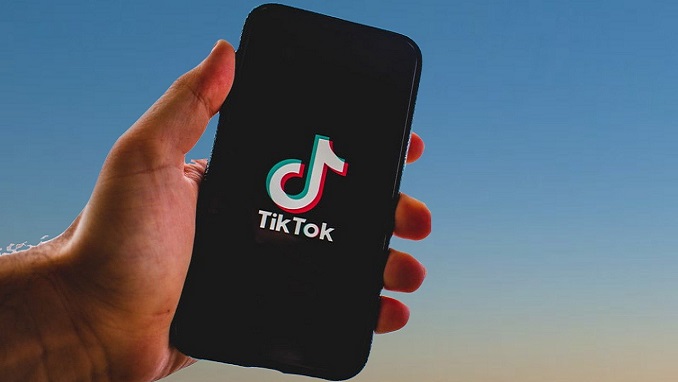
Misinformation experts are warning about the growing commonality of manipulated media on TikTok, The New York Times reported.
While some of the content is harmless or meant to be funny, the same techniques are being applied to posts that sow political division, advance conspiracy theories and threaten the core tenets of democracy.
Photoshopped photos and digitally engineered videos are becoming more pervasive on the platform.
Experts warn that when this volume of content can be created so quickly and at such a large scale, it changes the landscape of media.
Edited or synthesized material appears on other online platforms as well, including Facebook and Instagram.
But it is harder to catch it on TikTok. The platform encourages its massive user base to put their own stamp on someone else’s content.
Reality, satire and outright deceit sometimes blend together in the fast-moving and occasionally livestreamed video feed.
The spread of potentially harmful manipulated media is difficult to quantify, but researchers say they are seeing more examples emerge as the technologies that enable them become more widely accessible.
Over time experts fear that the manipulations will become more common and difficult to detect.
For example, TikTok users have recently shared a fake screenshot of a nonexistent CNN story claiming that climate change is seasonal.
Another video from 2021 resurfaced with the audio altered so that Vice President Kamala Harris seemed to say virtually all people hospitalized with Covid were vaccinated. In the real video, she had said “unvaccinated.”
Another recent video was edited to imply that White House press secretary Karine Jean-Pierre ignored a question from the Fox News correspondent.
TikTok users have embraced even the most absurd altered posts, such as ones last month that portrayed President Biden singing “Baby Shark” instead of the national anthem or that suggested a child at the White House lobbed an expletive at the first lady, Jill Biden.
But it’s not about just a singular post.
The danger is that manipulated media risks further damaging the ability of social media users to depend on concepts like truth and proof.
There is a phenomenon called the “liar’s dividend.” This is where deepfakes are used as an accusation and an excuse by those hoping to discredit reality and dodge accountability.

Be the first to comment